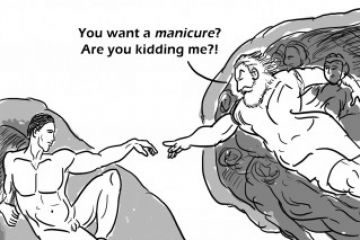
At last the chickens
have come home to roost. The so-called advanced economies, in International
Monetary Fund phraseology, are in danger of going into prolonged recession. The
IMF World Economic Outlook April 2012 does not say so explicitly but certainly
implies it. The WEO April 2012 Figure 2.4 carries the following explanation to
the charts.
“Europe tipped back
into recession, resulting from renewed escalation of perceived euro area crisis
risks in late 2011. The aggregate masks gr
Continue reading “Euro crisis should not affect India”
Read this story with a subscription.





